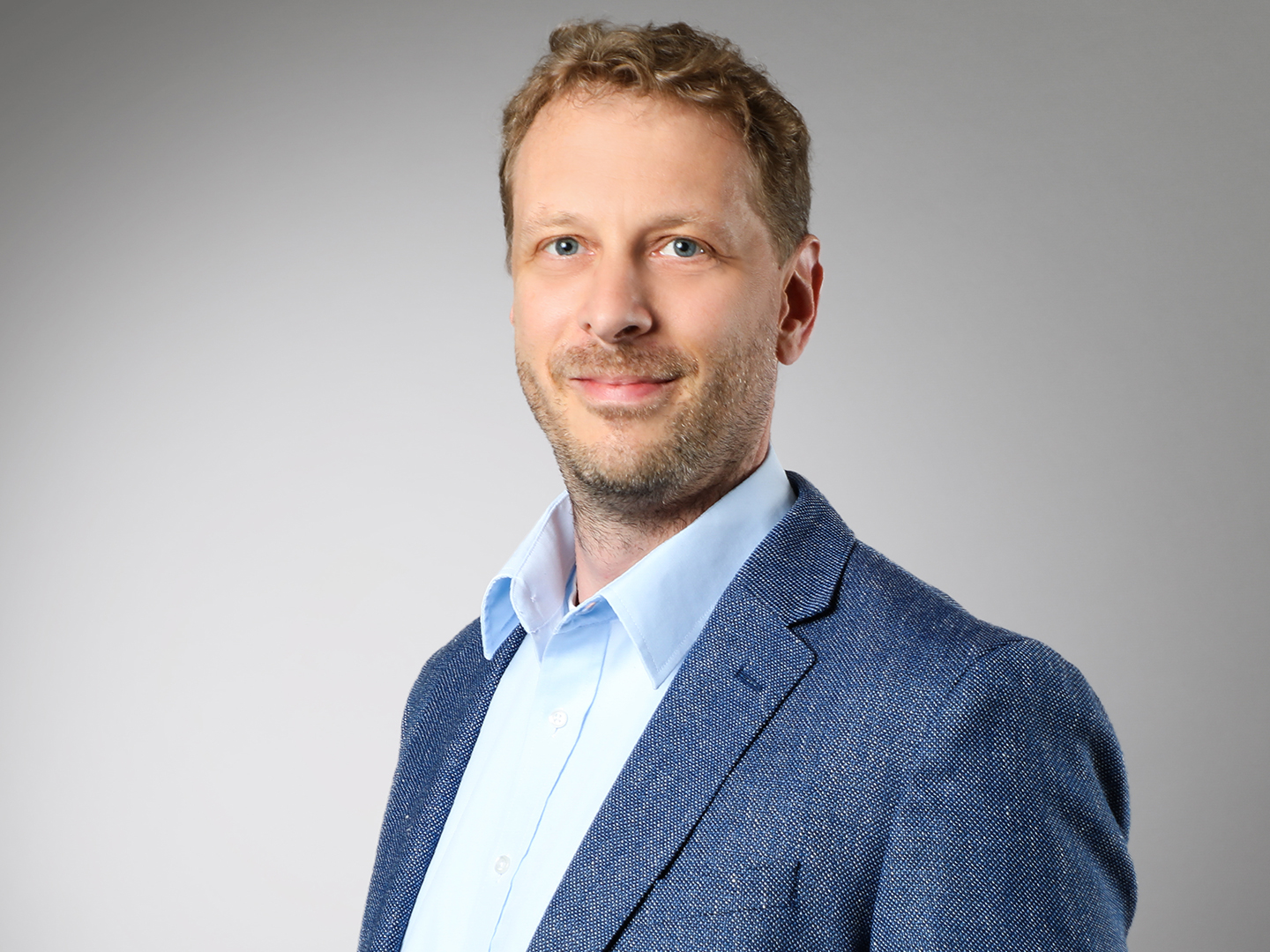With these requirements in mind, we began investigating methanol synthesis with metallurgical gases about five years ago. Starting with testing in the lab using various possible gas mixtures consisting of CO, CO2, N2 and H2, tests were first carried out to investigate the operating parameters of pressure, temperature and gas flow rate. In parallel, models were created to allow the methanol synthesis to be mapped in a process simulation. From the lab scale with cylinder gases and via an intermediate step we are now able to operate a demonstration plant with a capacity of about 2 L/h methanol and to simulate this extremely well in the model. Both can now be used to take the next steps toward making production more flexible using the methods and tools of digitalization. In this way we can bring simulation and testing together on a demonstration scale and can calculate cost-effectiveness and CO2 savings and optimize production plant operation. We also successfully operated a laboratory plant for several months using purified gases from the steel mill. I doubt that this has been done many times in the world before.
These results are remarkable for a period of five years as it is not always easy to accommodate the interests of all partners. However, if further scaling up is successful in the next step (based on the previous results), the technology has the potential to bind enormous amounts of CO2 from industrial gases and to produce a product which both safeguards our mobility and can be used as a basic chemical, for example in the manufacture of building materials.
Tim Schulzke: Using pure cylinder gases and purified metallurgical gases on various small-scale test plants, we were able to learn a great deal in the lab about the behavior of the catalyst. To transfer the findings to a production-scale plant, the plant must be configured to work as closely as possible to the operating conditions of such a production plant. A used container plant for demonstrating methanol synthesis was procured for this purpose in phase 1 (6/2016 – 5/2020). This plant includes the essential features of a production plant such as recirculating unconverted feed gases and cooling the reactor via a boiling water circuit. Since this used plant was originally designed for other gas compositions, it had to be modified for use with metallurgical gases. Measures were implemented to further digitalize the plant (including porting the entire control system to more up-to-date hardware and software), since the planned data processing and control algorithms could not be used on the old system.
What have been the highlights?
Andreas Menne: The continuous operation of the demonstration plant, which is already an impressive size for a research institute (two shipping containers), was a highlight. Especially since the good results from the previous tests in the lab were confirmed and the results from the process simulation have clearly replicated reality very well. Just as exciting was operating the laboratory plant with purified gases from the steel mill over several months. Both plants have allowed us to demonstrate the technical feasibility of the process in principle.
Tim Schulzke: Even though not everything went entirely to plan, by far the biggest highlight was the continuous, i.e., around the clock, 5-week-long test campaign in June/July 2021 following years of getting ready (acceptance and authorization), adapting the used plant to the project requirements and preparing the control system and data acquisition for the digitalization measures under the Industrie 4.0 banner — e.g., model-based control or data-based maintenance.
What were the biggest challenges?
Andreas Menne: In such a large project, the exchange between individual working groups is not always especially easy. Particularly when companies and research institutes have different ways of working that need to be reconciled. One big challenge now is taking the next step toward an industrial production plant. The economic viability of such a plant is still highly dependent on the political framework and also on public grants to a certain degree. However, such development is absolutely vital if we as a society want our economy to become CO2 neutral in the future.
Tim Schulzke: The container plant for demonstrating the methanol synthesis is a previously used plant. The biggest challenge was getting all of the regulation-compliant documentation required for explosion protection in order to make the entire plant ready for acceptance. Some of the older units in the plant were missing the applicable documentation and it was no longer possible to request it from the manufacturer either. Therefore, some units had to be replaced.
What are the next steps?
Andreas Menne: The next step is to operate the demonstration plant with purified gas from the steel mill. Ideally, it will be operated continuously for several months. This will allow us to learn more about the design and operation of a production plant. At the same time, we will try to combine the results from the process simulation with the plant operation even more. We have started to create a so-called “digital twin” of the plant for this purpose. So in future we should be able to control the plant in such a way that we can react in advance to fluctuating boundary conditions such as hydrogen availability, fluctuating gas flow rates and gas compositions. At the same time, necessary maintenance intervals, for example to change or regenerate the catalyst, can be scheduled.
Tim Schulzke: After another test campaign using pure cylinder gases in the demonstration plant in Oberhausen, the container will be moved to the Carbon2Chem® technical center in Duisburg and will be operated there for the remainder of the project (until May 2024) with real gases from metallurgical gas processing.

 Fraunhofer Institute for Environmental, Safety and Energy Technology UMSICHT
Fraunhofer Institute for Environmental, Safety and Energy Technology UMSICHT